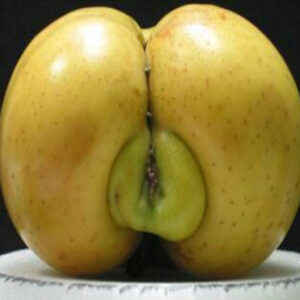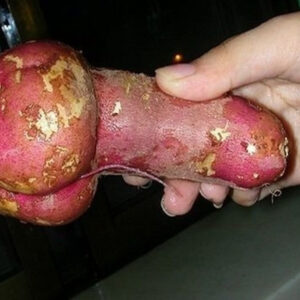Fruit and vegetables are a vital part of our diet, providing essential vitamins, minerals, and fiber. Consumers may be concerned if these natural wonders occasionally exhibit anomalies or malformations. We shall examine the reasons behind deformed produce in this post, along with their safety for consumption.

Deformed fruits and vegetables can occur due to a variety of reasons. Genetic mutations can result in abnormal growth, while environmental factors such as pests, weather conditions, and chemicals can also impact the appearance of produce. Additionally, mechanical damage during transportation of handling can cause deformities such as bruises or dents.


One of the most common types of deformed produce is misshapen fruits and vegetables. This can include tomatoes with odd bumps or twists, or carrots with multiple roots. While these may look unusual, they are generally safe to eat and still contain the same nutrients as their more aesthetically pleasing counterparts.


Another type of deformed produce is those with blemishes or discoloration. These can be caused by insect damage of fungal growth, but they are usually harmless and can be easily cut away before eating.




However, there are some types of deformities that can indicate a more serious problem. For example, fruits and vegetables with mold, cracks, or soft spots may be contaminated with bacteria or fungi that can cause illness. In these cases, it is best to err on the side of caution and discard the affected produce.

Despite their odd appearance, misshapen fruits and vegetables are often safe to consume and yet contain valuable nutrients. But while ingesting vegetables, it’s crucial to remain alert for any potentially dangerous malformations and to put food safety first.






